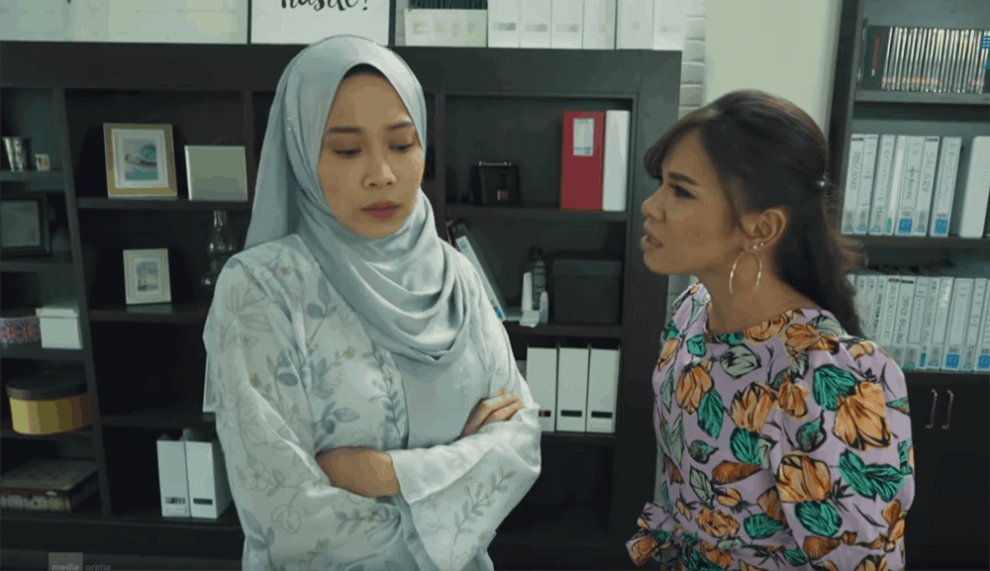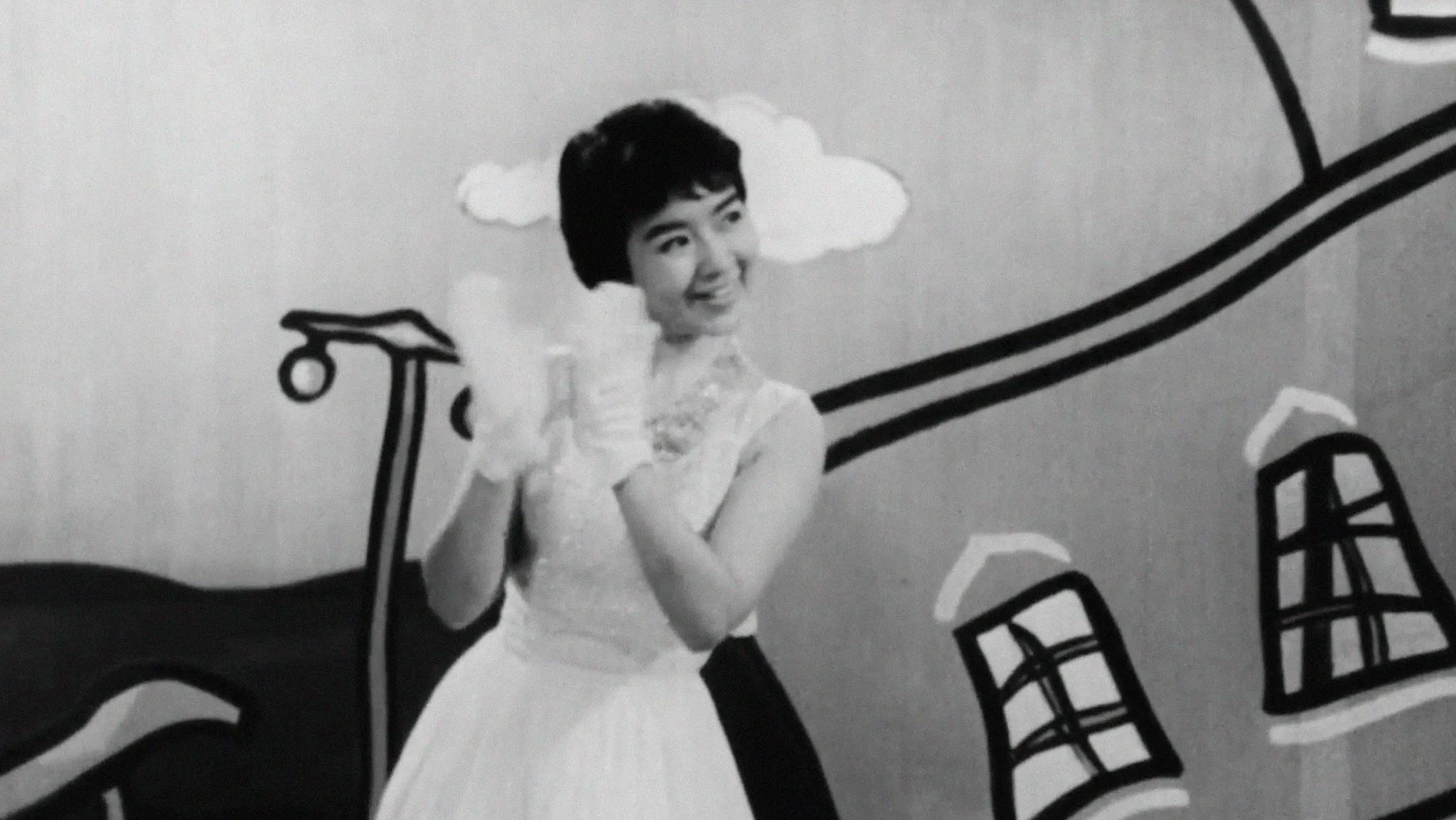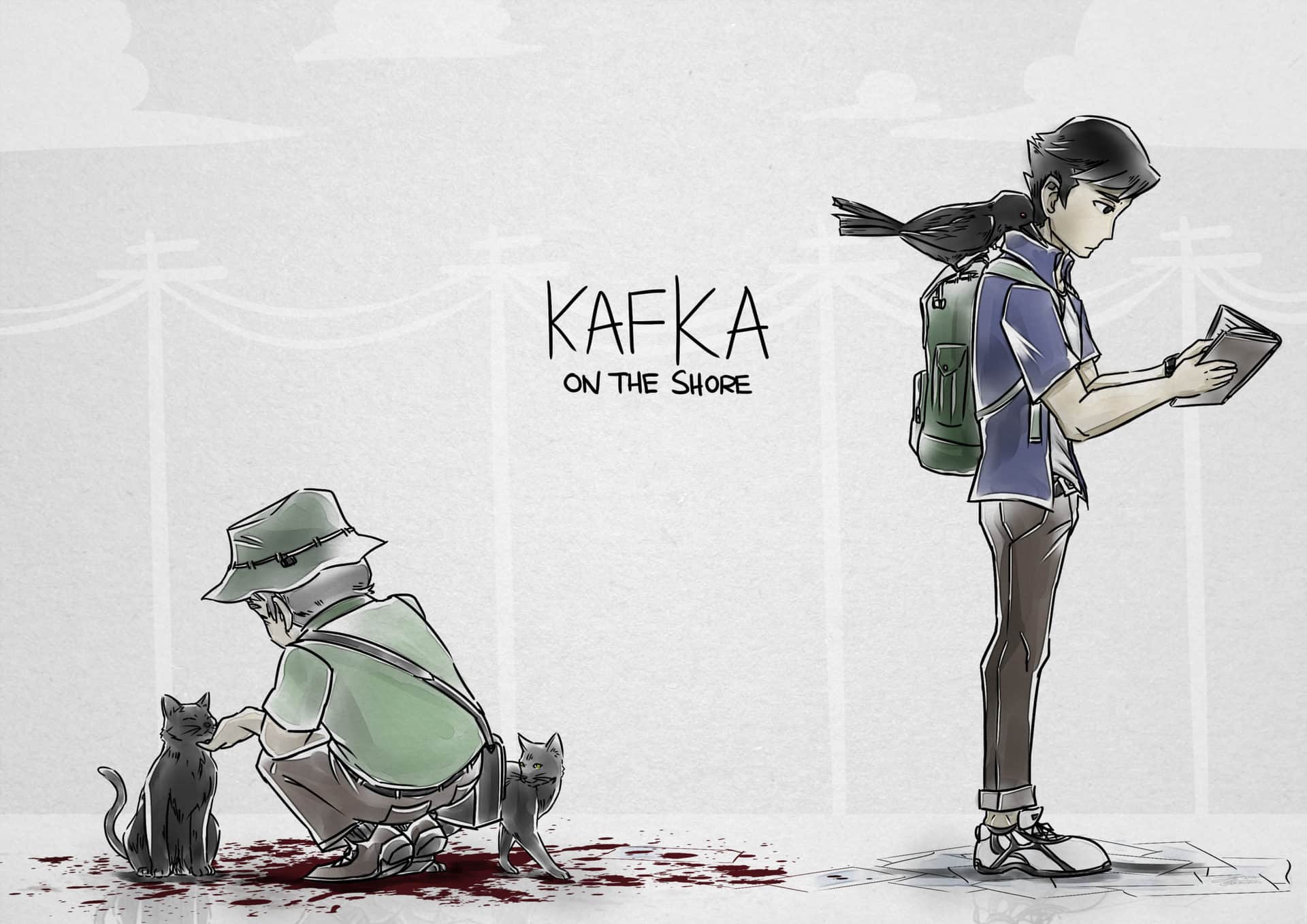By Abdul Rahman Shah
“Poetry doesn't belong to those who write it, but those who need it.”
– Mario Ruoppolo in Il Postino (1994, dir. Michael Redford, Massimo Troisi).
It's not easy to read a film. One can over-read, under-read, or even misread it; but all readings are important towards building discourse, which is the first step towards appreciating any form of art. Although lately in film discourse, we're bogged down by a new type of reading. Born from the womb of social media and raised by pedants – film reviews and/or criticism tend to over-focus on perceived cinematographic mistakes, plot-holes, or even misunderstanding intertextual tropes based on how “real” the scene or moment is to the point of rejecting the symbolic. “Realness” is being constructed as the line between a good and a bad film. We are living in an age where metaphors are dying, being killed by literal reading.
Ceci n'est pas une pipe; is the line between presentation and representation, the line between the real and realism. The incorrectness of the star positions shouldn't take you away from experiencing the film. The over-the-top, “unrealistic” action scenes shouldn't take you away from experiencing the film. Slightly modern-looking costume in a fantasy/period film shouldn't take you away from experiencing the film. Being “accurate” in terms of the “real” is cool but not a determiner of good or bad. As films are not about the real, but about the emotions, the thought processes, the what-ifs, the truth and lies we refuse to face in the real – it exposes us, humanity, in a simple two-hour or so long video marketed as entertainment.
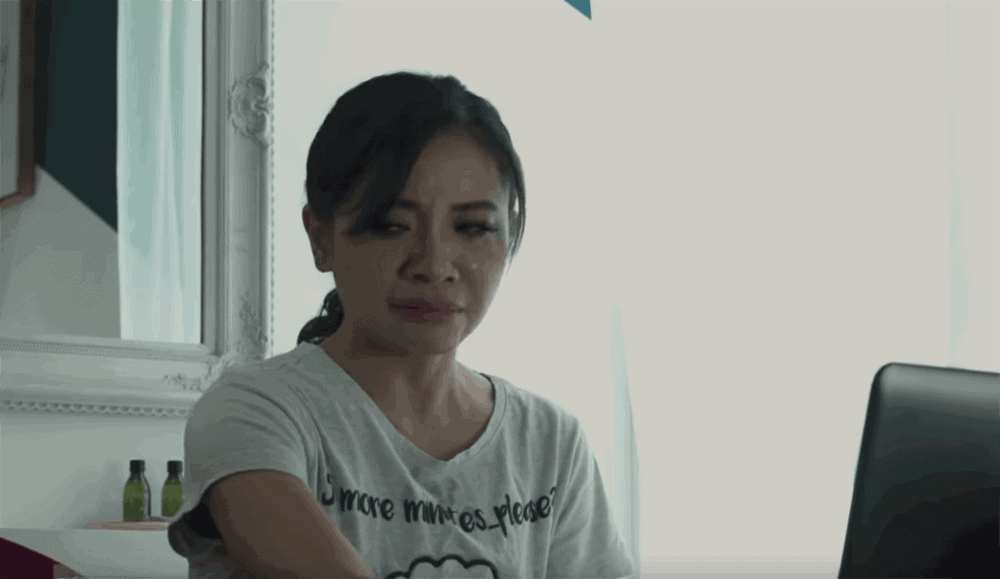
Of course, I'm not saying there are no mistakes in films or bad films in general; bad scripts, bad editing, bad acting, bad costumes, bad visuals, bad decision-making, bad projects from the start – but the unreal shouldn't be the main or only criticism of a medium that's all about being unreal.
Now, where are we? Oh, Al Jafree Md Yusop's “Validasi”. “Validasi” is an 88-minutes telefilm, originally a script/short film by the students of SMK Tok Janggut that won first place in a national, high-school level competition by DFKL (Drama Festival Kuala Lumpur) in 2019. It was adapted by Primeworks Studios for the local private channel TV3 and directed by the enigmatic, often controversial, Al Jafree Md Yusop.
Knowing that this film was originally scripted by high-school students, and adapted by Primeworks Studios for TV, affected my expectation going into the movie, at least at first. I didn't pay attention to the synopsis on the description section before watching, but others might, and be primed by it, which reads (the film is also available on YouTube):
“Nina dan Muna selalu bertelingkah di media sosial untuk melihat siapa yang mempunyai lebih banyak pengikut dan mendapat lebih banyak ‘like'. Pada akhirnya, perang antara mereka hanya mengungkapkan sisi buruk watak mereka.”
Which roughly can be translated as: “Nina and Muna always quarrel on social media to see who's the one with more followers and likes. In the end, their war only exposes their negative characters.”
Let me just express something solemnly, that none of the things described above happens in the film – nor is the point of the film. The characters never quarreled about followers or likes or any of the sort. There is something about social media, but not this.
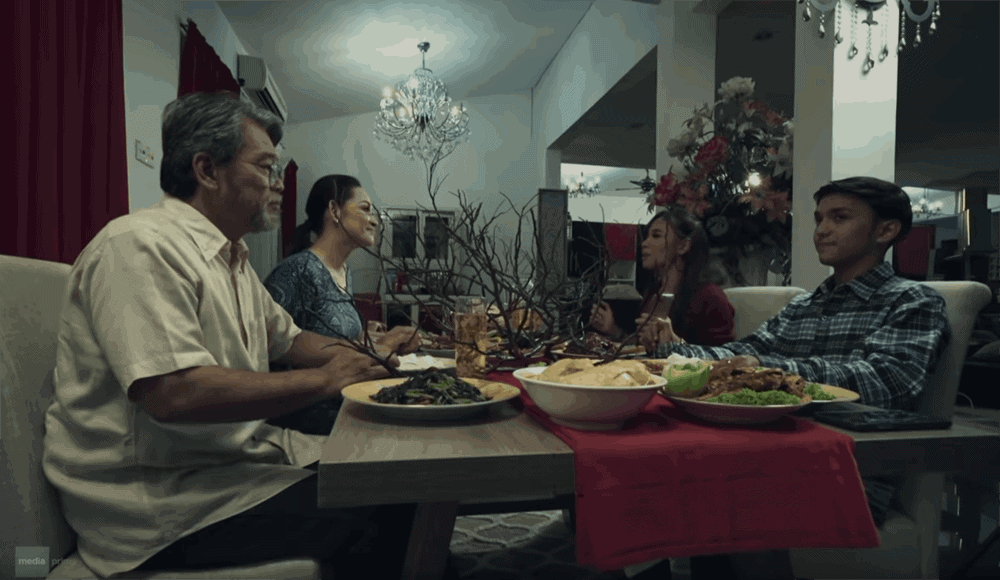
I thought that the film would be some kind of dark comedy satirizing social media usage but it kept going somewhere else. 2/3rds into it, I naively thought this was a simple, contained story with elements of social criticism; it doesn't need to say much, as long it is entertaining and the ending wasn't rushed. Only at the start of Act Three, when the character Bobbi (acted by popular singer Aiman Tino) spoke to the camera for the second time, although breaking the fourth wall is common nowadays, I noticed that I was watching the wrong film all along.
“When you explain poetry; it becomes banal.”
– A fictionalized Pablo Neruda in Il Postino (1994, dir. Michael Redford, Massimo Troisi).
The comment section in YouTube and subsequently in Facebook and Twitter posts are filled with people questioning the vague ending, what happened to the characters, or certain visual choices like dry branches sitting prominently on top of a dining table in one scene. Those branches became one of the first point of “unrealness” people took notice and commented about. In a way, those commenters are not at fault due to how art appreciation education is almost non-existent in Malaysia and popular art interpretations are often swayed by the “literal reading” problem.
All three of the named characters, Nina, Muna, and Bobbi – can be read as Jungian psychological aspects of the same person. Nina is the persona that puts on a mask, Muna is the projected shadow, and Bobbi is the caring animus. Bobbi's fourth wall breaks aren't there to be cheeky ala Deadpool or Harley Quinn but to tell us we're actually in the head of the presumed real Nina that we'll only see a few times in a different color grade and tone inside a train.
The real Nina being near symbols of transportation also suggests her psychological journey – wearing the same outfit – trapped in a never-ending loop. Also the train shoots seem to be arranged backwards but I can be wrong.
If all of this feels kind of similar – Jungian psychology can be applied to Fight Club (1999, dir. David Fincher) too. The Narrator is the persona/ego, Tyler Durden is the shadow, and Marla Singer is the anima – but their roles are manifested differently in the film.
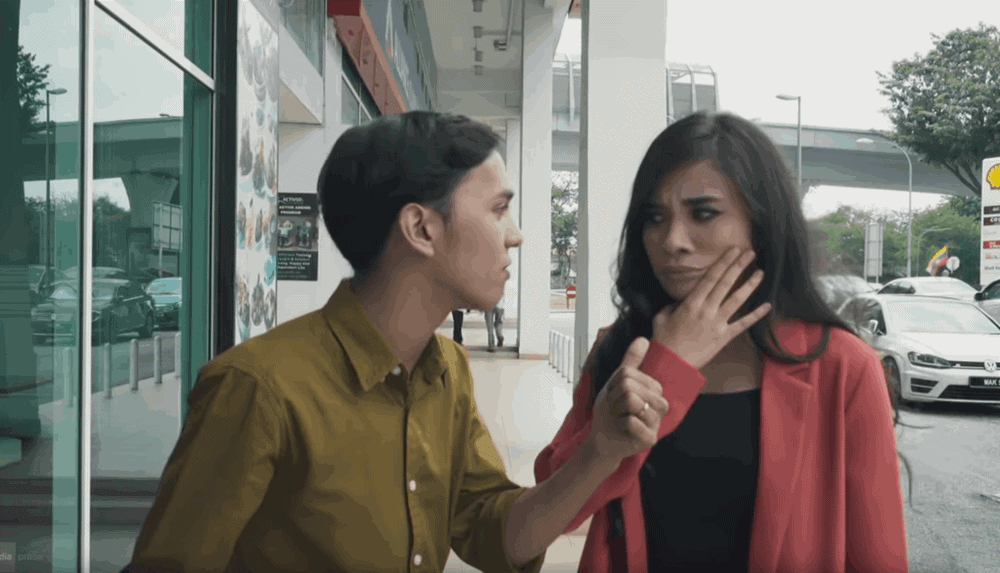
The whole quarrel between Nina and Muna with Bobbi helping on the side can be read as allegorical towards the individualization process where one can become a truer version of themselves – but there's danger if the shadow or a weak animus becomes dominant. Unlike “Fight Club”, where The Narrator “won” his individualization process by shooting himself as a metaphor for being strong-willed; the real Nina couldn't keep her shadow away as the wound is too deep. The disappearance of Bobbi may suggest we're not looking at a happy ending.
Muna's side of the story can be a bit confusing, but it could be either the real Nina's mistake towards Muna has cut a deep guilty wound into herself, or Muna's story is the real one. She was a victim of someone spreading lies on social media that caused her to be thrown out of her own home and her mother while chasing after her was hit fatally by a car – which trauma created the persona who lies on social media to feel validated (oh, that's the title of the film). There were several clues in the film showing posts made by persona Nina as disingenuous and fabricated – maybe it extended even to the apparent rich family?
But this is just my reading of the film, one of the readings that can be made. After all, I'm not really saying anything new here. A lot has already been revealed or partially agreed by Al Jafree himself through a series of Facebook posts and comments including the symbolic meaning of the aforementioned controversial branch on the dining table. Seeing the author (auteur?) being yanked out from his grave, I guess there's no peace even in his metaphorical death. Have fun watching the film.



